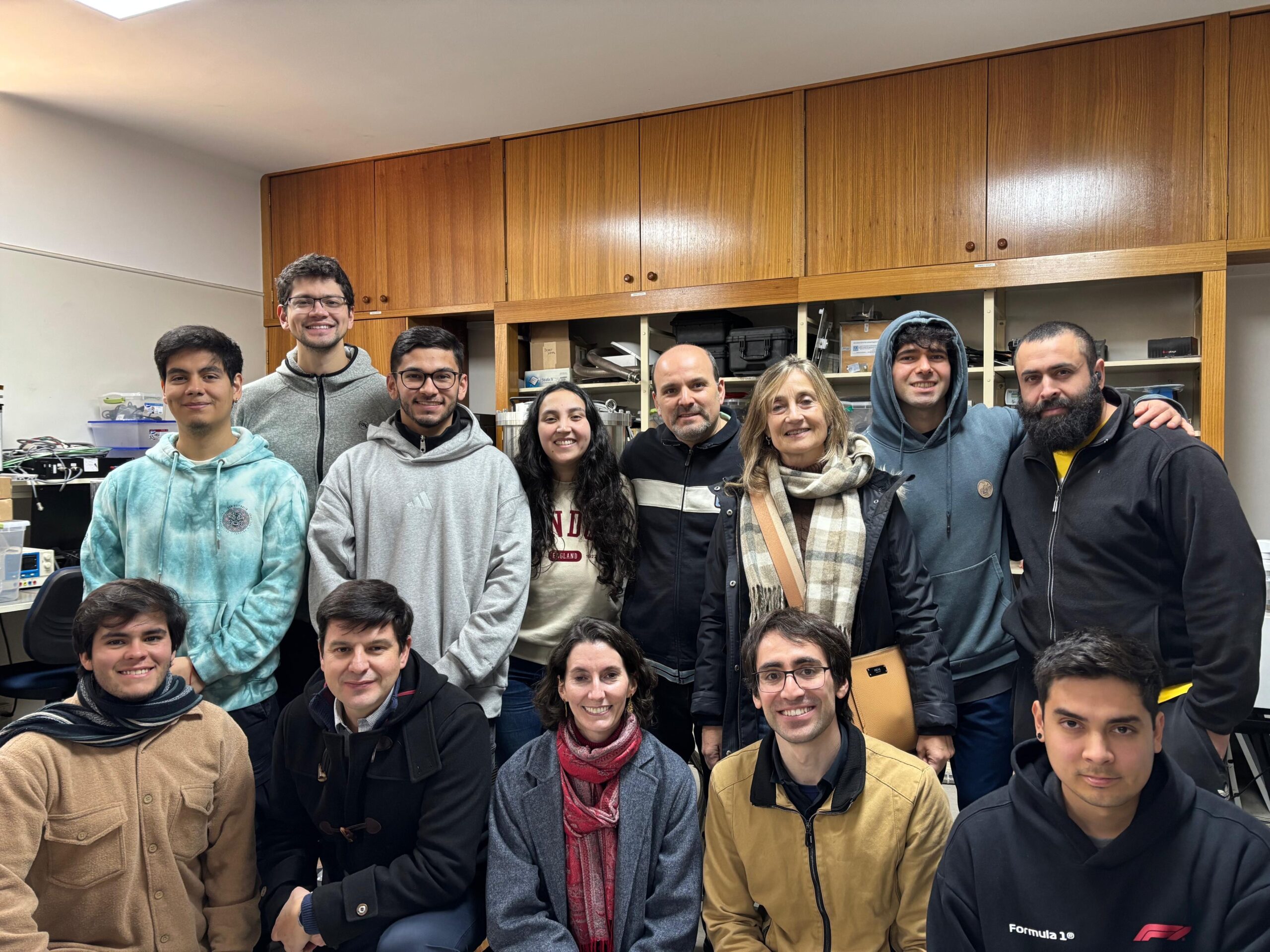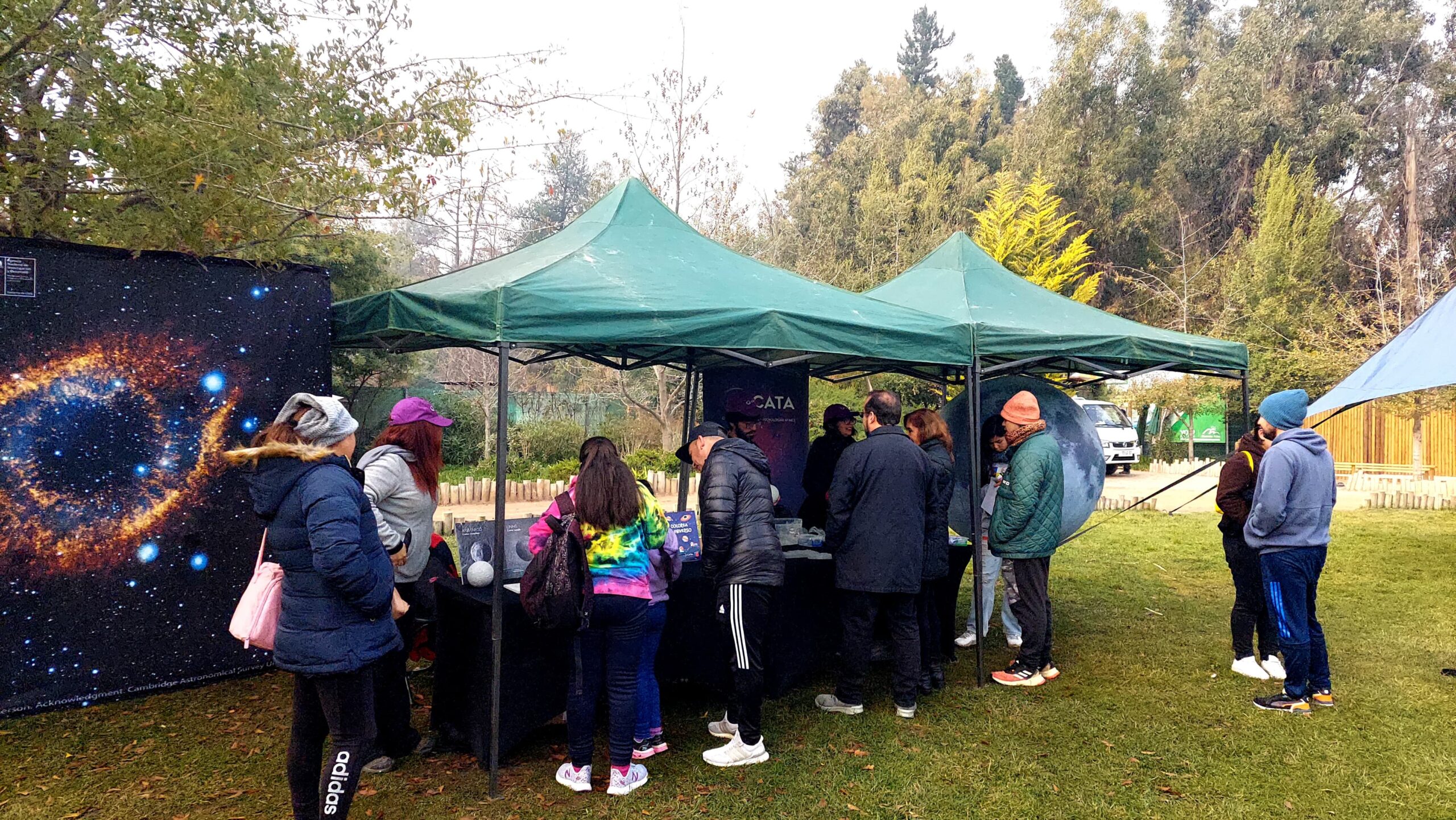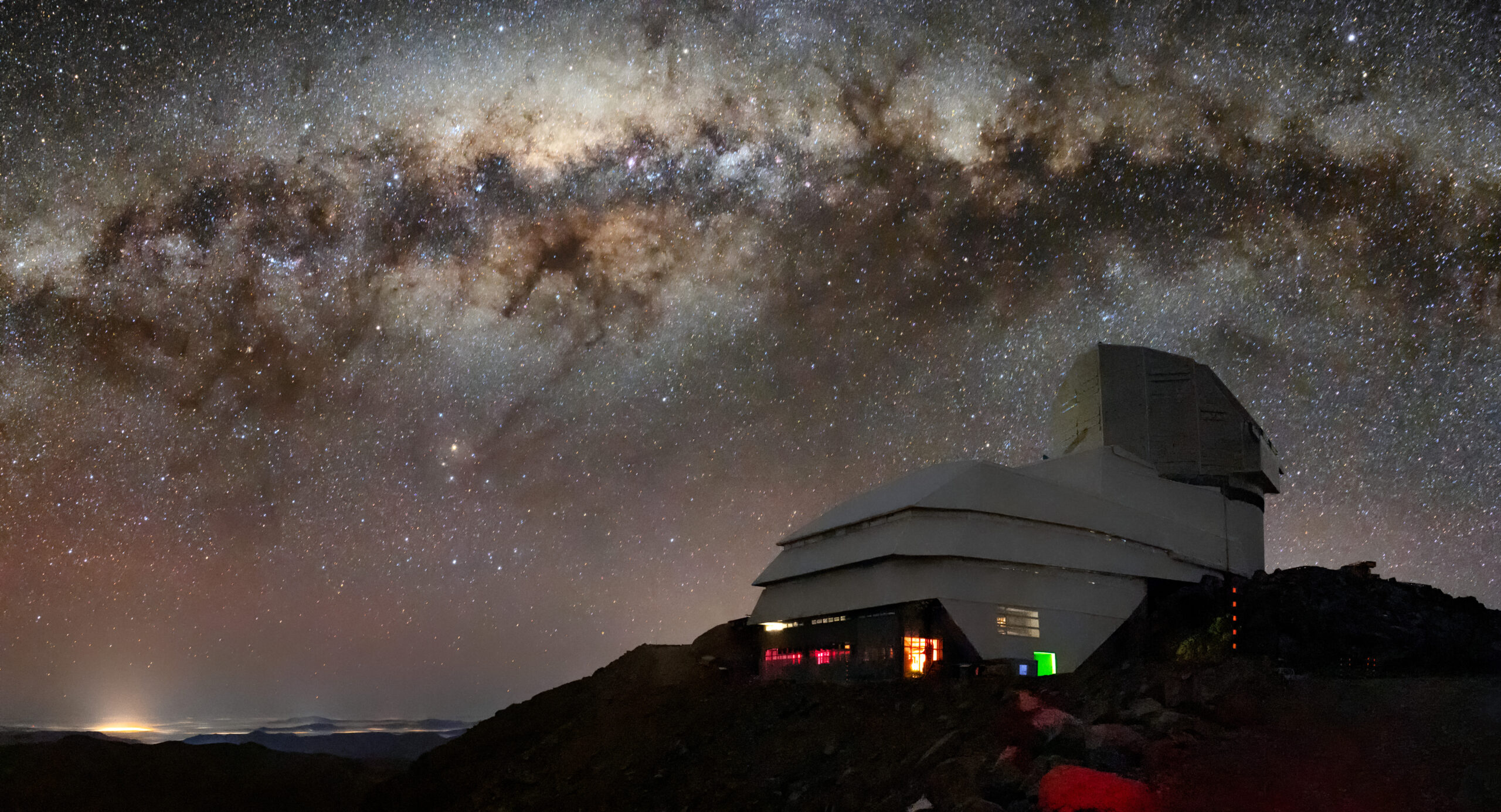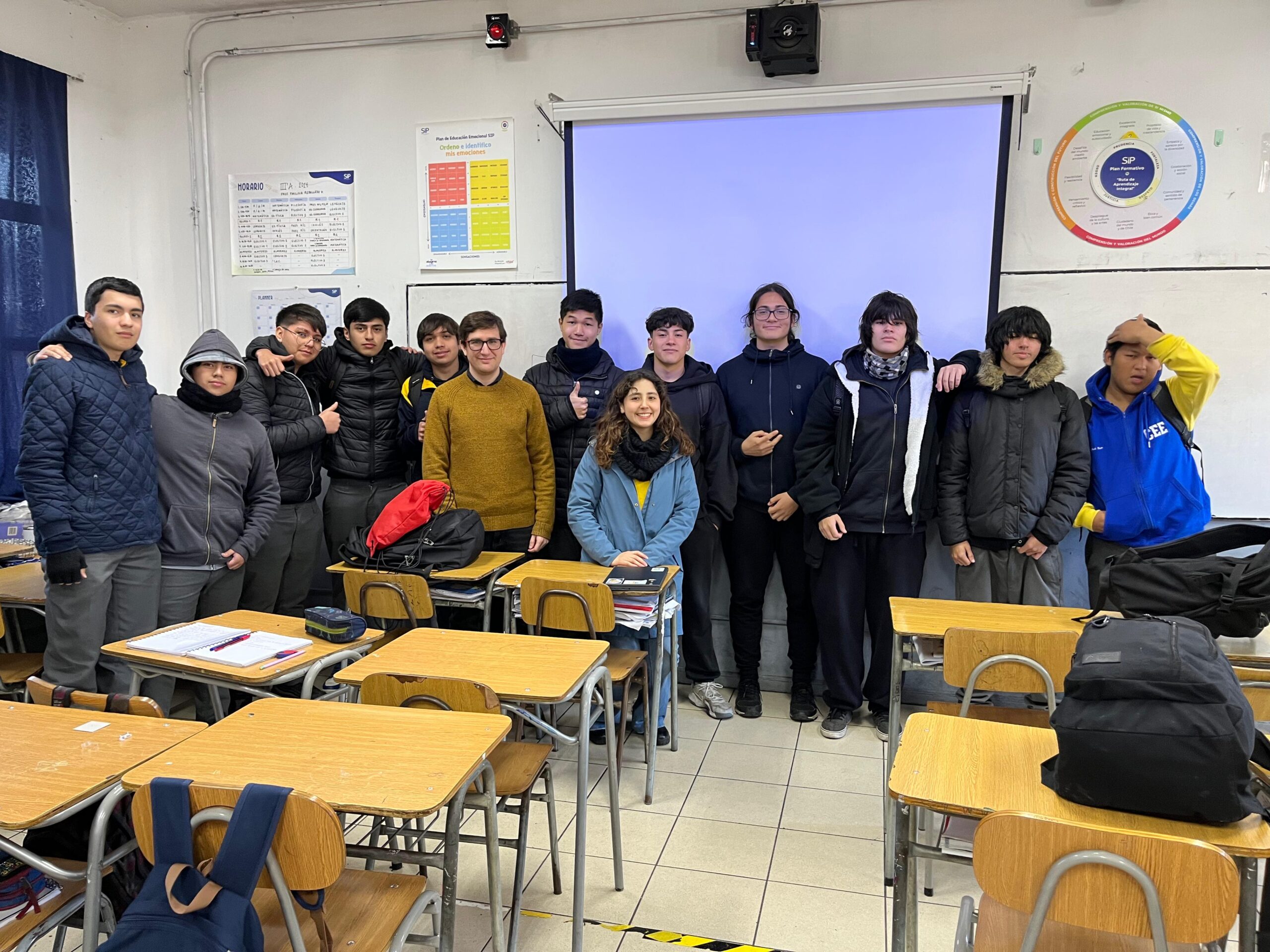
The technologies we enjoy for reaching the Moon
Great advances in products and technologies were achieved thanks to the space race in the 1960s, particularly the Apollo program implemented to reach the Moon. Technological transfers, such as those developed by CATA today, have changed our lives.
This July 20 marks 55 years since humans first set foot on the moon. This impressive achievement required the development of different technologies, from the protection of astronauts to the way of communicating with the Earth. Many of these milestones led to their use in areas outside the space race, such as what the Center for Astrophysics and Related Technologies (CATA) is doing through its Technology Transfer area, which seeks to apply advances in the study of space in other areas, such as the recent creation of stakes, which use developments created for telescopes, for detecting landslides.
Regarding trips to the Moon, first of all, it must be understood that the technology with which Apollo 11 operated is obsolete.The computer that was used from the ground consisted only of a small screen and a numeric keypad, and the action orders were carried out by a sequence of two digits and each one was an order. Meanwhile, the computer that controlled the spacecraft’s command module had a 32 kilobyte RAM. Now no one imagines a smartphone or computer having less than 4 gigabytes of RAM.
“Getting to the Moon itself did not have, in the first stage, such a scientific basis, but responded more to the confrontation between two powers, the United States and the Soviet Union, to show their progress in the so-called space race. Thanks to this, incredible advances were achieved for the time and laid the foundation for many things we use today,” explains José Utreras, in charge of Outreach Content at CATA.
Important advances These are some of the technologies created for space use that we can see in the modern era.
Food freeze-drying: Although created for the Apollo program, the development of this technology was enhanced to preserve food for astronauts. It is now widely used in the food industry. Cooling suits: The clothing material that kept astronauts comfortable on their moon walks is used by race car drivers, nuclear reactor technicians and people with certain medical conditions who have difficulty regulating body temperature.
Integrated circuits: While NASA did not invent microchips, its demand for them for the Apollo program accelerated the integrated circuit revolution, stabilizing the industry and advancing the pace of technological progress by several decades.
Wireless headsets and microphones: An essential technology for communication during the Apollo missions is now in everyday use in our lives. In addition, rechargeable silver-zinc batteries were developed for these headphones, which are now used in orthopedic hearing aids.
Water purification: This technology, used on the Apollo spacecraft, is now applied to eliminate bacteria, viruses and algae in community water systems and cooling towers, as well as in faucet filters to reduce lead.
Fire-resistant textiles: After the Apollo I launch pad fire that killed three astronauts, fire-resistant textiles were developed that are the basis for clothing for firefighters, military and motorsports drivers.
Isothermal blanket: Originally developed to maintain astronauts’ body temperature, this emergency blanket is now widely used to prevent heat loss in emergency situations and to protect from overheating.
Seismic shock absorbers: The rockets on the Apollo missions were connected to the service tower by cables and tubes to provide fuel and electrical signals. To prevent them from breaking or colliding with the rocket at separation, NASA developed damping technology, which now protects buildings and bridges in seismic zones such as Tokyo and San Francisco, among others. Digital flight controls:
Digital flight control or push-button technology, developed to guide the Apollo missions, is now fundamental to modern aircraft and most automobiles.
Smoke detectors: Although the smoke detector already existed, NASA developed a model with adjustable sensitivity in 1973, used on Skylab, the first U.S. space station, to detect toxic vapors. The result was the first ionization smoke detector, using a minimal amount of the radioactive isotope Americium-241, which eventually led to the detectors we know today.
Recent news
-
 Publicado el: 09/07/2025Patricia Tissera is recognized as full professor by the Pontificia Universidad Católica de Chile
Publicado el: 09/07/2025Patricia Tissera is recognized as full professor by the Pontificia Universidad Católica de Chile -
 Publicado el: 04/07/2025CATA researchers among the best in Chile according to international ranking Research.com
Publicado el: 04/07/2025CATA researchers among the best in Chile according to international ranking Research.com -
 Publicado el: 30/06/2025CATA Director strengthens ties in her second institutional tour
Publicado el: 30/06/2025CATA Director strengthens ties in her second institutional tour -
 Publicado el: 30/06/2025CATA celebrated Asteroid Day 2025 at the Pueblito de Las Vizcachas Park
Publicado el: 30/06/2025CATA celebrated Asteroid Day 2025 at the Pueblito de Las Vizcachas Park -
 Publicado el: 26/06/2025Vera C. Rubin: the telescope that watches the sky and anticipates the future of astronomy
Publicado el: 26/06/2025Vera C. Rubin: the telescope that watches the sky and anticipates the future of astronomy
Categories list
- Acknowledgments 20
- Astrobiology 5
- AstroCluster 1
- Black holes 13
- Corporativo 49
- Cosmology 4
- Descubrimientos 19
- Disclosure 46
- Exoplanets 13
- Extension 4
- Galaxies 17
- Galaxies formation 2
- Inter y Transdisciplina 2
- Local Universe 13
- Publications 5
- Sin categorizar 31
- Solar System 11
- Stellar formation 6
- Technology 9
- Technology Transfer 12
